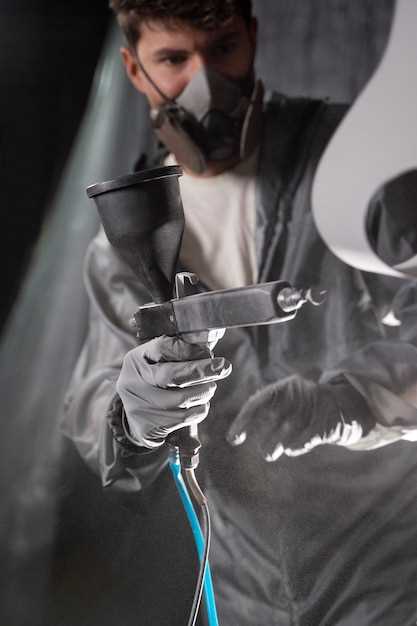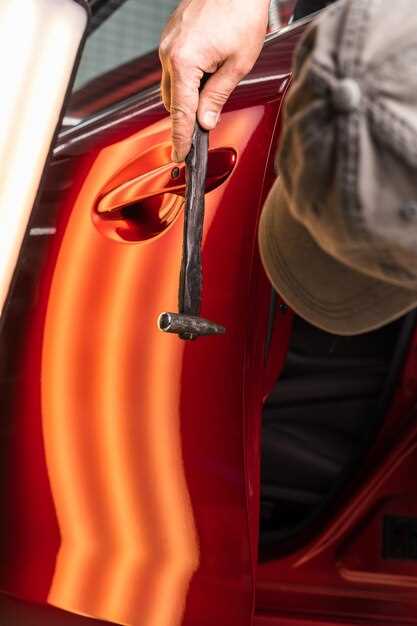
Maintaining the pristine condition of your car’s paint is essential for both aesthetics and longevity. Your vehicle’s exterior is not just a surface; it acts as a protective layer against various environmental elements that can cause damage. Over time, factors like UV rays, dirt, bird droppings, and tree sap can fade, scratch, or mar the finish, leading to costly repairs and decreased resale value.
Fortunately, safeguarding your car’s paint is achievable with straightforward care techniques. By implementing a diligent routine of washing, waxing, and protective measures, you can significantly enhance the durability of your car’s exterior. These simple steps not only prevent wear and tear but also keep your vehicle looking its best for years to come.
In this article, we will explore effective tips and tricks that can help you protect your car paint. Whether you are a proud car owner or just want to ensure your investment remains in top condition, these care tips will empower you to maintain the beauty and integrity of your vehicle’s finish.
Regular Washing Techniques to Prevent Contaminants

Regular washing of your car is essential to maintain its appearance and protect the paint from harmful contaminants. Contaminants such as dirt, road grime, bird droppings, and tree sap can degrade the finish over time if not removed promptly.
To begin, always use high-quality car soap specifically designed for automotive detailing. Household cleaners can be too harsh and may strip protective wax coatings. Rinse your car with water to remove loose debris before applying soap. This pre-wash step minimizes scratches during the washing process.
Utilize a two-bucket method for washing. One bucket should contain soapy water and the other clean water for rinsing your wash mitt. This technique prevents contaminants from being transferred back onto the paint, ensuring a cleaner finish.
When washing, start from the top and work your way down, as dirt naturally collects lower on the vehicle. Use a soft wash mitt or microfiber cloth to gently scrub the surface. Pay extra attention to commonly affected areas like the front bumper, wheel wells, and lower body panels.
After washing, thoroughly rinse the car to remove all soap residues. Leaving soap on the surface can lead to streaking and may damage the paint. Consider using a dedicated rinse aid to enhance water sheeting and minimize drying time.
Finally, dry your car with a microfiber drying towel to prevent water spots. These towels are soft and absorbent, making them ideal for this purpose. Regular washing will not only keep your car looking great but also provide a protective barrier against the elements, extending the lifespan of your paintwork.
Choosing the Right Wax for Long-Lasting Shine
When it comes to protecting your car’s paint and achieving a long-lasting shine, selecting the right wax is crucial. There are several types of wax available, including natural carnauba wax, synthetic wax, and hybrid formulas that combine both. Each type has unique properties that cater to different needs and preferences.
Natural carnauba wax is renowned for its depth of shine and warmth, making it a popular choice among detailing enthusiasts. However, it may not provide the durability found in synthetic options, which are designed to withstand harsh weather conditions and UV rays. Synthetic waxes often feature advanced polymers that create a robust protective layer, ensuring your car maintains its glossy finish for an extended period.
Hybrid waxes aim to combine the best of both worlds, offering the shine of carnauba while benefiting from the longevity of synthetic products. These formulations can be an excellent choice for those looking to maximize the aesthetic appeal of their vehicle while ensuring protection against environmental damage.
Another key consideration is the application method. Paste wax typically requires more effort but can provide a thicker layer of protection, while liquid waxes are generally easier to apply and allow for faster detailing. Regardless of the form, proper preparation of the car’s surface is essential to achieve optimal results. Ensure the paint is clean and free of contaminants before applying wax for the best bonding and shine.
To make an informed choice, consider your driving environment, how often you wash and detail your car, and your desired level of shine. Testing different products can also help you find the wax that best suits your preferences. With the right wax, you can keep your car looking stunning while extending the life of its paint finish.
Identifying and Addressing Common Paint Damage

Car paint damage can occur from various sources, including environmental factors, improper washing techniques, and road debris. Recognizing the signs of paint damage early can save you time and money on repairs. Common types of paint damage include scratches, swirl marks, and oxidation.
Scratches are the most visible form of damage, often caused by brushing against bushes, car doors, or other hard surfaces. To address minor scratches, a detailing product designed for scratch repair can be applied. For deeper scratches that reach the primer or metal, touching up with paint or seeking professional help may be necessary.
Swirl marks typically result from improper washing and drying techniques, such as using dirty cloths or sponges. These can be minimized with proper detailing methods, including using high-quality microfiber towels and washing in straight lines rather than circular motions. For persistent swirl marks, a polishing compound can restore the paint’s sheen.
Oxidation occurs when the paint is exposed to UV rays and is characterized by a dull, faded appearance. Regular waxing protects the paint and prevents oxidation. If oxidation has already set in, a thorough detailing treatment, including buffing and using an oxidation remover, can revive the surface.
Paying attention to these common types of paint damage and addressing them promptly will help maintain your car’s appearance and value. Regular detailing not only enhances the look of your car but also acts as a protective barrier against further paint damage.






